Landscape lighting does much more than just aesthetics for a garden. When done right, it can improve the security around your home. Even better, the lights and ambiance are natural mood boosters.
However, poorly fixed or arranged landscape lighting won’t do you and your garden any good. Such an arrangement might even reduce the visibility around your home at night. So, what can you do?
Avoid wasting your time and resources on unprofessional DIYs. Instead, follow a tested and result-driven procedure on choosing the perfect outdoor lighting for your garden.
Know The Different Types Of Landscape Lighting
There are about six basic types of landscape lighting. While you can use them interchangeably around your garden, we’ll advise you to pick the best fit for your needs. This outline will help:
- Bullets: The most versatile and compact type of landscape lighting. They usually project narrow beams and the best fit for garden structures and tree trunks.
- Downlight: Similar to bullets, they also fit tree trunks – but they are better placed higher up the tree. Unlike bullets, this type of landscape lighting creates moonlit effects.
- Floodlight: The perfect fit for lighting tall trees because they offer brighter beams than bullets.
- Garden Lights: Best fit for lighting your planting beds, they can also serve as markers for your pathways.
- Washes: Only produce soft lighting. For that reason, this is the best option for your garden walls and fences.
- Wells: Similar to washes because of their soft lighting. But, you can’t use them for walls, wells are underground lights and the perfect fit for the underside of your garden plants.
What Is The Size Of Your House?
Even after knowing the types of landscape lighting, you must still consider the nature of your house. How big is it? Is it even yours?
A small house means your garden will be small. In other words, you will only be able to use compact lights like bullets. If your house is a rented space, it is even more critical that you use a lighting that won’t disturb your neighbors.
Where Will You Place The Lights?
Regardless of the size of your house, landscape lighting needs precise and careful placements or else the outcome won’t meet your expectations. For example, a garden with no trees might not necessarily use a bullet light. In an open space, soft and underground lights might be the best options, unless you want your garden to be too bright.
With soft and underground lighting, you can add a romantic mood to your garden date nights. Also, you can use them to illuminate your pathways. However, note that all that will only be possible when you place your light fixtures rightly.
Lastly, decide how much landscape lighting your garden needs. This brief guide can help:
- Check the reach of your lighting fixture
- Now, set the new lighting outside the diameter of the previous one
Pro tip: Ultimately, the height of your lighting fixture and your intended aims will decide how many units you will need for your garden. In any case, a small and open space with no trees will only need a few fixtures.
Consider The Wattage Of Your Bulbs
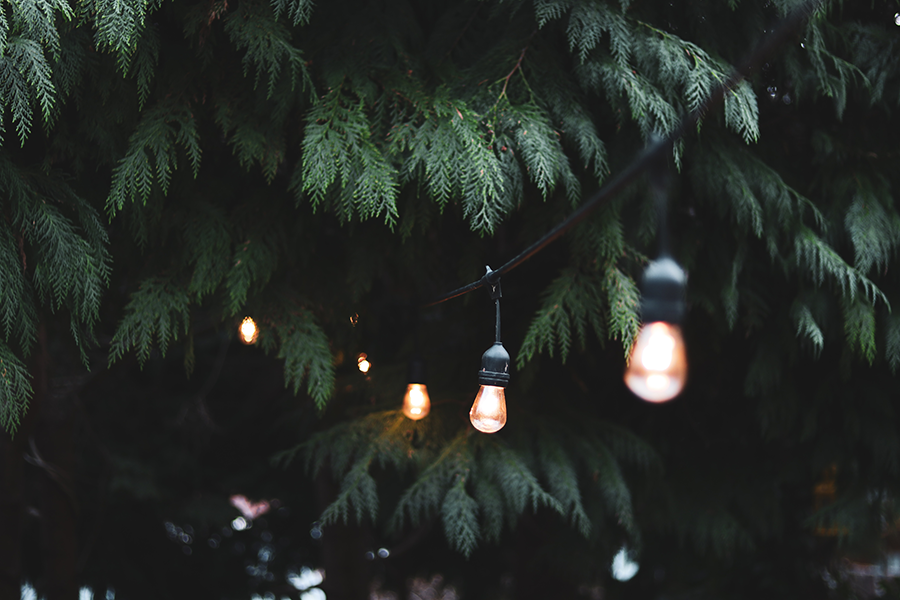
While the focus is on beautifying your garden, don’t forget about your utility bills. Your choice of landscape lighting should be energy-efficient. And depending on the other objects in your garden, you don’t necessarily have to occupy the whole space with light fixtures.
Most importantly, consider LED bulbs for your lighting; they will save you energy bills. Plus, they are more durable than other alternatives. The best part: LED bulbs require little to no maintenance.
Combine Colors
Remember we talked about how landscape lighting can set moods! Well, colors are the determinant of that. So, be ready to experiment with different combinations of colors for your garden.
While the mainstays of garden lighting are white, you can still use exotic alternatives. That said, we’ll still advise you to stick to white for your pathways.
Pro tip: Let your color combination be compatible with the objects in your garden. For example, use warm lights on dark structures – and vice versa. And if you want a formal look for your garden, try a cool white lighting.
In the end, your budget will decide the effectiveness of your garden’s landscape lighting. But even with stringent pockets, you can still get desired results with a professional’s help.


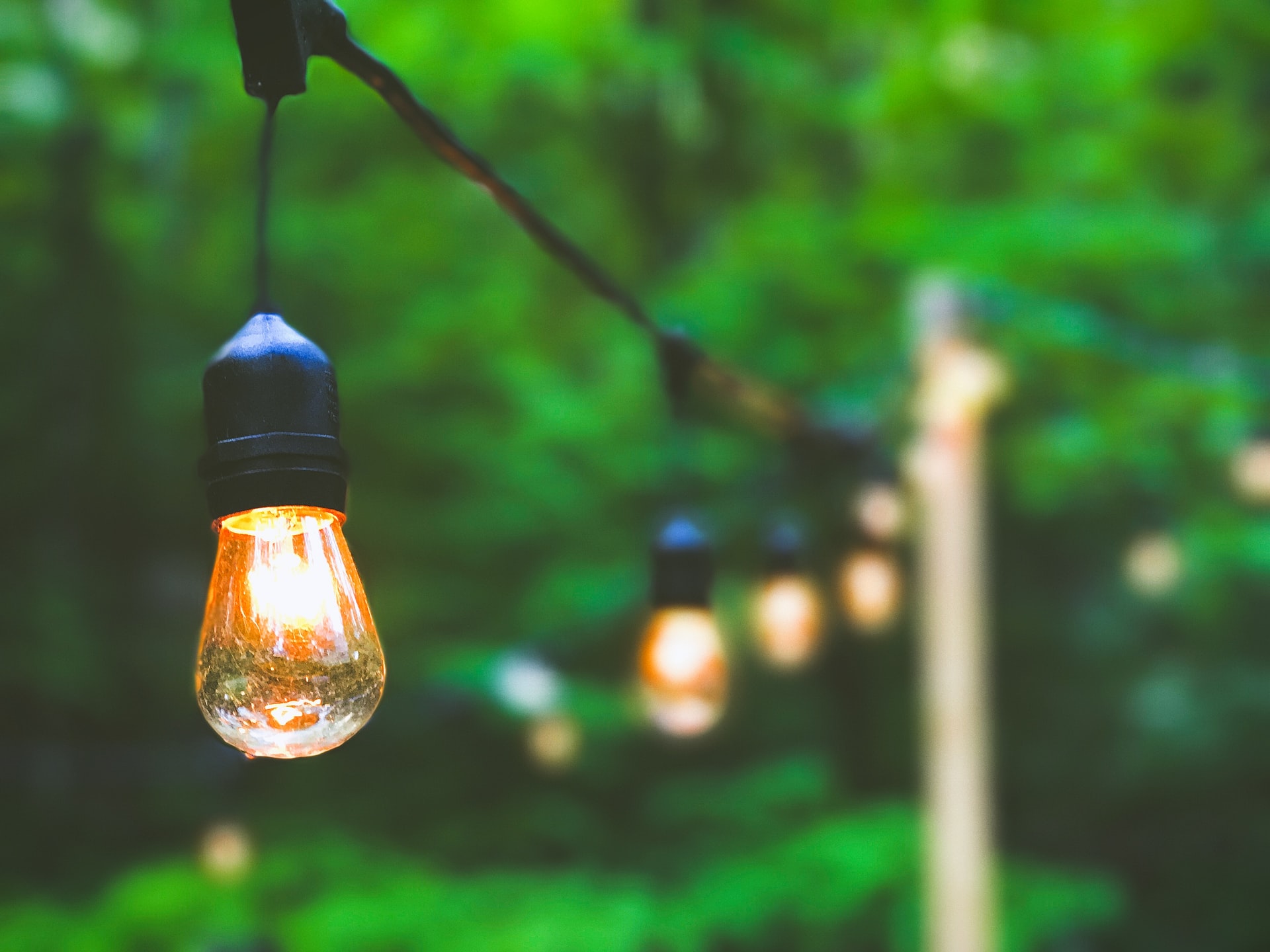
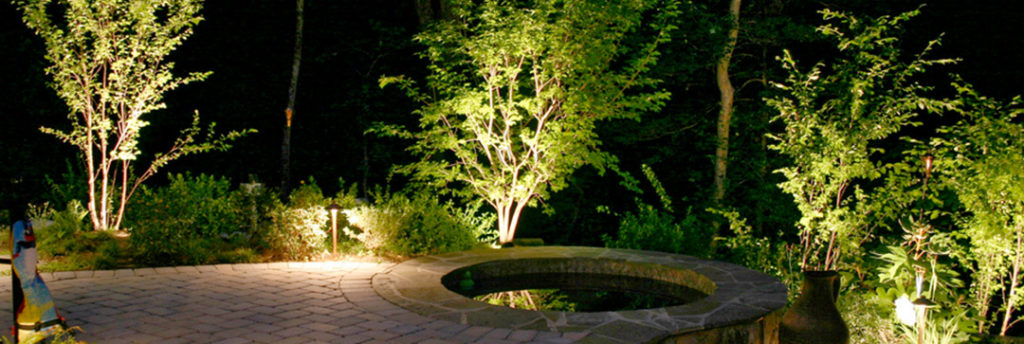
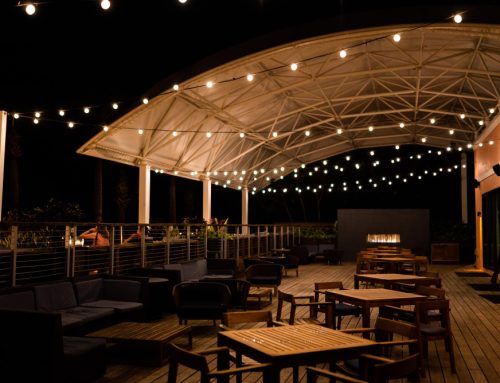
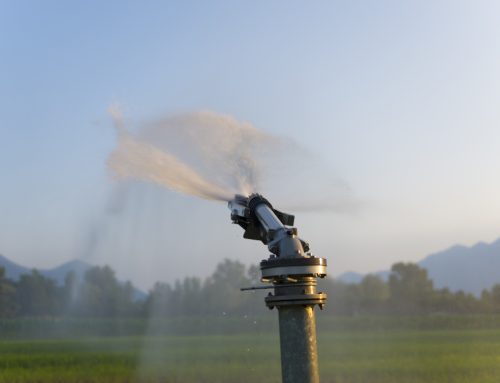
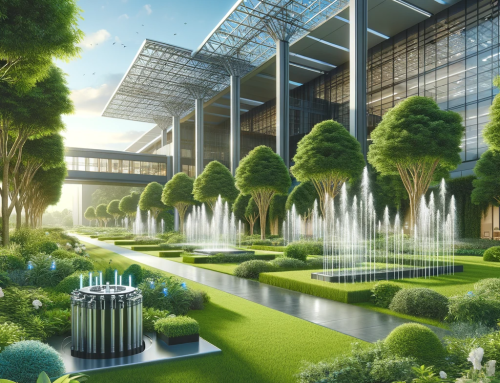
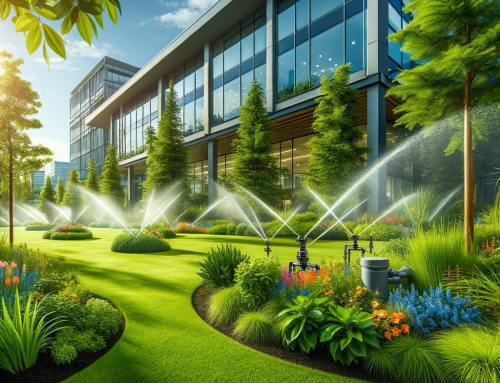
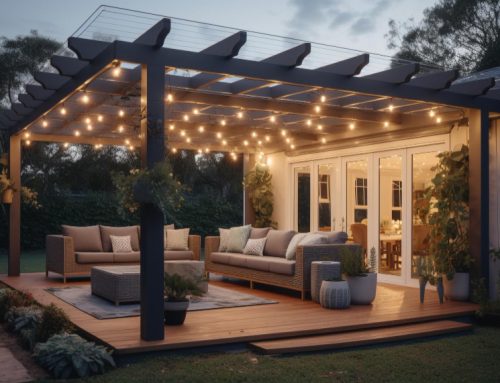
Leave A Comment